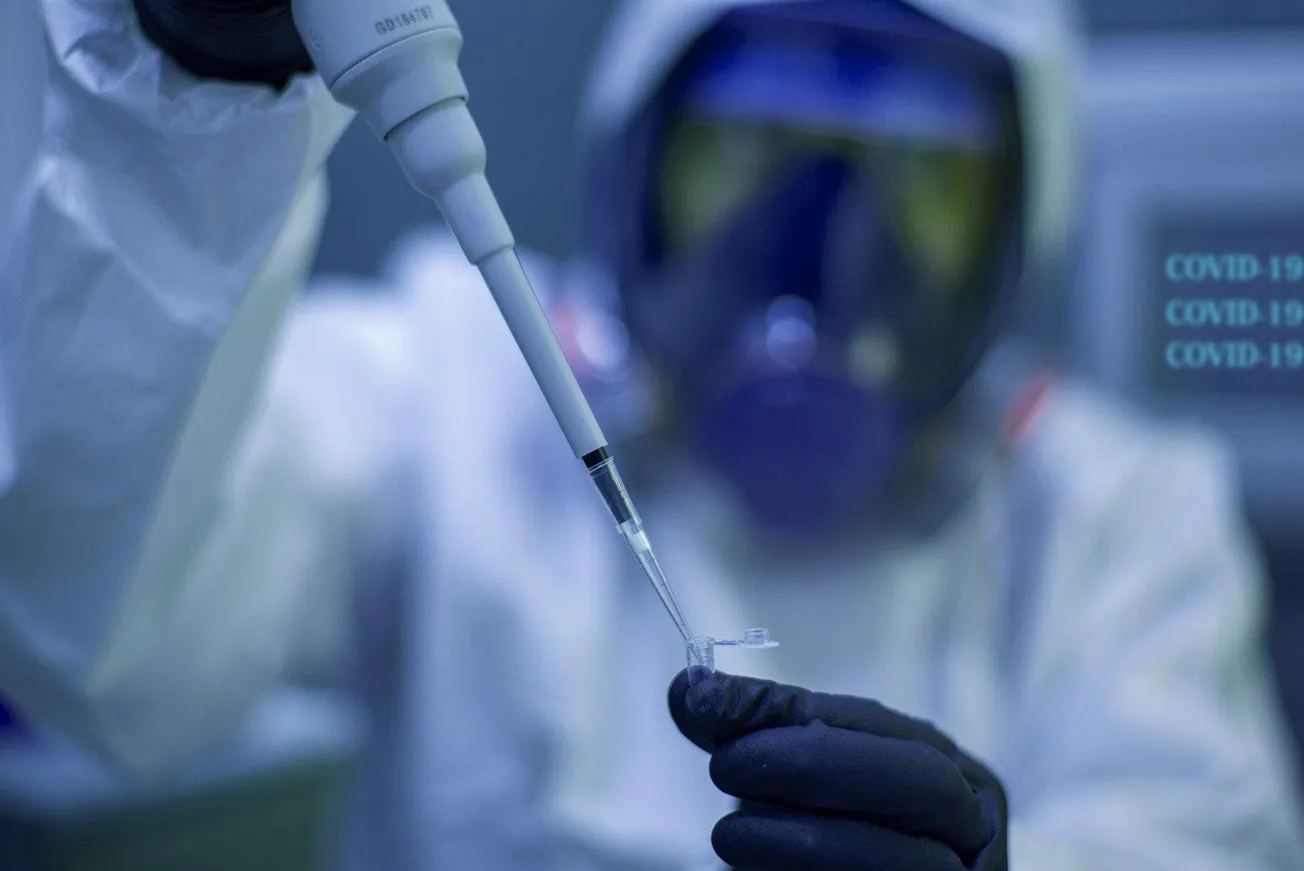The U.S. Department of Health and Human Services announced on June 9 that $25 billion in Federal aid will be given to hospitals, clinics, doctors and other care providers giving safety net care to poor patients. Of this, $10 billion will go to some 750 hospitals which have a heavy caseload of uninsured and Medicaid patients with little means. The remaining $15 billion will go to clinics, doctors and other care facilities, including dentists, which likewise serve the poor. Many of these have even had to close during the pandemic, so the challenge is to work out their resuming if at all possible. Nearly 2000 of these clinic operations have shut, temporarily or otherwise, so far this year, according to the Kaiser Family Foundation last month.
Hundreds of hospitals—mostly in rural areas, and concentrated in the South, are in dire financial condition, because of the underlying economic breakdown in recent years. Last year 19 rural hospitals had to close—a record. In the last five years, 170 hospitals have shut in 36 states, mostly in the South. Then, the virus hit. Hospitals then had COVID cases (sometimes less so in rural areas), but otherwise were under orders to suspend all non-essential surgery and procedures. At least 100 hospitals in the nation furloughed tens of thousands of staff this spring, to try to cut costs enough to stay open. An example from Mingo County, West Virginia is Williamson Memorial Hospital. The 100-year old institution shut down in April, after already filing for bankruptcy status in October, 2019, hoping to be able to continue.
An association representing safety net hospitals—America’s Essential Hospitals—has been lobbying for some $20 billion in aid to keep these facilities open. Its president Bruce Siegel said that the new $10 billion “will help ease the financial pain this public health emergency has inflicted on these caregivers,” but more is needed. (mgm)




